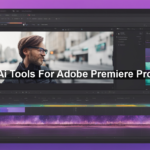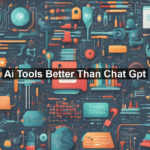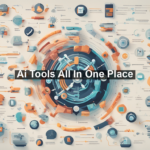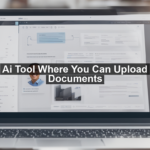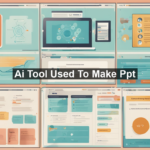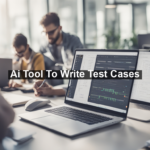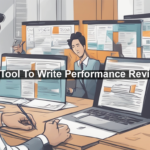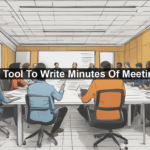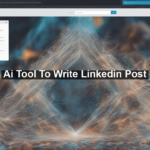If you’ve ever wished your words could magically transform into images, you’re in luck. The advent of artificial intelligence has ushered in an era where you can create stunning visuals simply by typing out a description. AI tools that convert text to images are not just a novelty; they are becoming indispensable in various sectors, from marketing to education. In this article, we delve deep into the mechanics, applications, and potentials of these AI tools, making it easier for you to harness their full capabilities.
What is a Text-to-Image AI Tool?
A text-to-image AI tool is an advanced piece of software that leverages natural language processing (NLP) and computer vision to generate pictures from described text. You input a sentence, phrase, or paragraph, and the AI interprets and converts your words into a visual representation. Tools like DALL-E, developed by OpenAI, and Google’s DeepDream are pioneering this technology, allowing for nearly limitless creative potential.
How Do These Tools Work?
Understanding Algorithms
The magic behind these tools lies in complex algorithms. Utilizing Generative Adversarial Networks (GANs), a machine learning framework, these tools create new data that mimics real-world examples. GANs comprise two neural networks: a generator and a discriminator. The generator creates images from the text, while the discriminator evaluates their accuracy. This iterative process continues until the generated image meets high fidelity and quality standards.
Training and Dataset
The effectiveness of these tools depends hugely on their training datasets. For example, DALL-E was trained on over 12 billion parameters from internet images and their respective captions, helping it understand how to create images based on textual descriptions. This meticulous training ensures that the AI can handle a wide variety of descriptions, from simple objects to intricate scenes.
Applications of Text-to-Image AI Tools
Marketing and Advertising
Imagine not having to scroll through stock image websites endlessly to find the perfect picture for your marketing campaign. With AI, you can generate exactly what you need by simply describing it. This capability is revolutionizing the marketing industry, making it easier to create massive amounts of visual content in less time and at a lower cost.
Education and E-Learning
In educational environments, these tools can assist in providing visual aids for complex concepts, making learning more engaging and effective. Teachers can generate visuals to illustrate historical events, scientific processes, or even abstract mathematical concepts, enhancing the comprehension and retention of students.
Creative Fields
Artists and designers can use text-to-image AI tools to rapidly prototype ideas, gain inspiration, or generate a starting point for artwork. It frees creative professionals from the constraints of traditional methods, offering new avenues for experimentation and innovation.
Limitations and Ethical Considerations
Quality and Accuracy
While these tools are incredibly advanced, they are not flawless. There may still be instances where the generated image does not fully capture the nuances of the described text. Furthermore, the quality of images can vary based on the complexity of the input text.
Ethical Issues
Like any groundbreaking technology, text-to-image AI tools come with ethical considerations. The misuse of AI-generated images could easily lead to misinformation or misuse in harmful ways. It’s crucial to handle this technology responsibly. Major tech companies are actively working on ethical guidelines and safeguards to prevent such misuse. For a deeper dive into ethical AI use, check out this article from Wired.
Future Prospects
The horizon for text-to-image AI tools is incredibly promising. As algorithms become more sophisticated and datasets expand, the accuracy and quality of generated images will improve. This evolution will open up new possibilities in fields we haven’t even thought about yet. Technologies like GPT-4 are already pushing the boundaries of what’s possible, merging language models with image generation in ways that could transform multiple industries.
How to Get Started
If you’re eager to try these tools yourself, several platforms offer easy-to-use interfaces for beginners:
- OpenAI’s DALL-E: Sign up for access and start generating images based on your text prompts.
- DeepDream: Explore various customization options to tweak your generated images.
- Artbreeder: Use collaborative image creation features to generate and share your visual ideas.
Most of these platforms offer tutorials and community forums to help you make the most of their capabilities, making the learning curve less steep and more enjoyable.
In summary, AI tools for creating pictures from text are more than just technological marvels; they are transformative innovations that can benefit various fields. While they come with their limitations and ethical considerations, their potential for revolutionizing how we visualize information is boundless. Stay tuned as this exciting technology continues to evolve and make its mark on the world.


